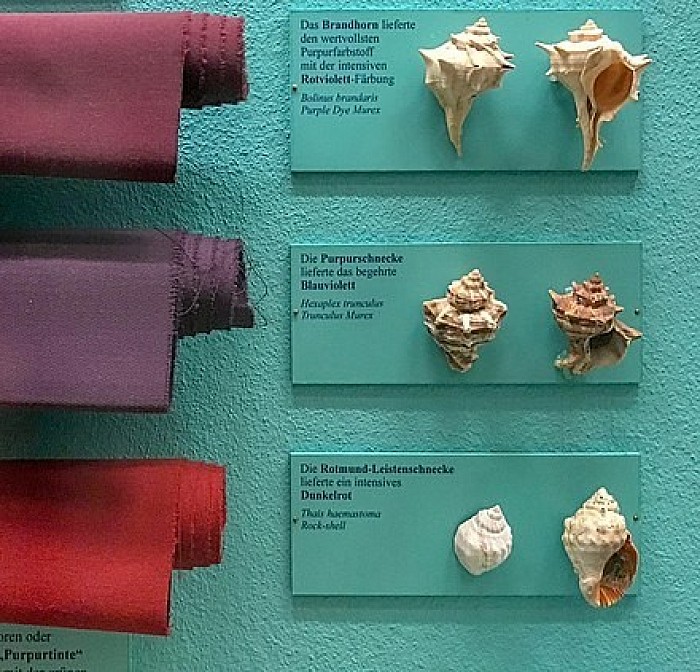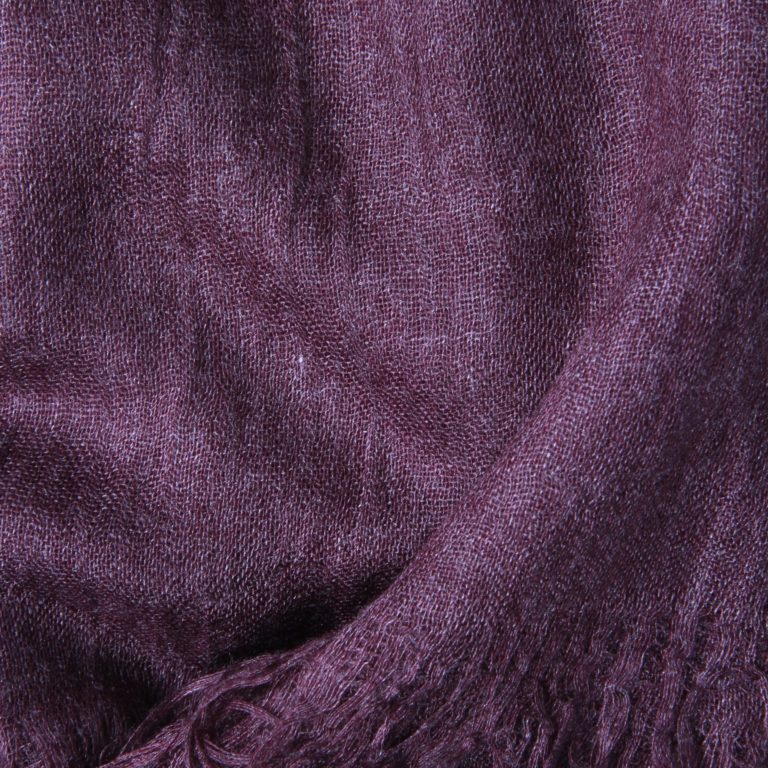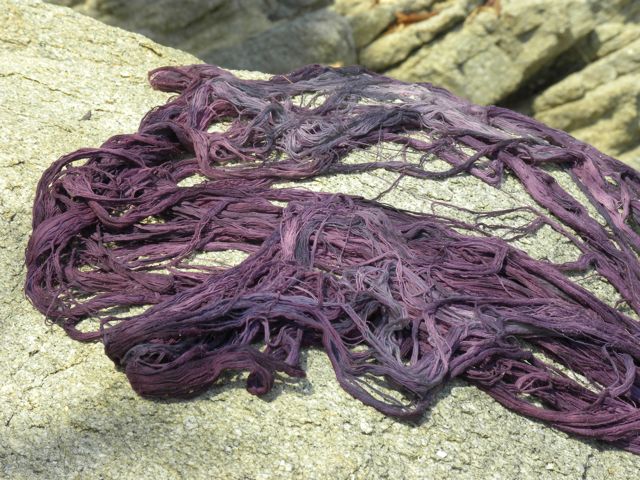
That’s not to say Tyrian Purple disappeared entirely from art or that its portrayal by painters suddenly ceased to intrigue or deepen the narratives of their work. Only the conflicted colour of purple – at once exquisite and excretory – could entwine the opposing dispositions into an equilibrium of eternal tension. Plato (who points upwards) was of course obsessed with all things endless, elevated, and ideal, while Heraclitus was famously forlorn by his focus on the fleetingness of things. Is it significant that when Raphael, elsewhere in the Vatican, imagines his famous soirée of ancient philosophers, The School of Athens, that his fresco’s central axis should be comprised of a purple-clad Leonardo da Vinci (in the role of Plato) and, just below him, scribbling on a block of marble, a purple-shirted Michelangelo (playing Heraclitus)? That the figures are, albeit in dress-up, the artist’s two most distinguished contemporaries, only amplifies their importance and companionability. That teasing tension between noxious waste and exalted authority, between what’s visceral and virtuous, arguably seeps deep into the weave of every image that relies on the colour for its narrative power. This is the image of a purified humanity coming out of its compromised shell. When seen through the lens of the dye’s unsavoury forging, the purple robe that seems forever to be slipping from the suspended physique of Christ in Michelangelo’s dramatic fresco The Last Judgment, which troubles the walls of the Vatican’s Sistine Chapel, can be understood as another tawdry layer of worldly trappings that the Messiah’s Second Coming overcomes. It was customary in Old Master depictions of the heavenly host, and of Mary and Christ himself (who is described in the Book of Mark as laden by his tormentors with purple clothes, lampooning his supposed status as ‘King of the Jews’), to transfer the raiments of royal authority to those taking charge of the hereafter. Caligula interpreted the fashion statement as an act of imperial aggression and had his guest killed. According to the Roman historian Suetonius, King Ptolemy of Mauretania’s sartorial decision to cloak himself in purple on a visit to the Emperor Caligula, cost Ptolemy his life.

The higher your social and political rank, the more extracted rectal mucus you could swaddle yourself in. In ancient Greece, the right to clad oneself in purgative purple was tightly controlled by legislation.

This is a colour that pretends to transcend the vulgar vagaries of this world, all the while remaining mired in its muck. Though Rubens’ whimsical oil-on-panel painting erroneously depicts a spiral nautilus shell (rather than a prickly murex one), the work nevertheless corroborates the contention that purple, as a rancid dog’s-dinner of a hue, makes for an incongruous choice as a symbol of enduring majesty and power. A portrayal of the scene, depicted around 1636 by the 17th-Century Flemish master Peter Paul Rubens, Hercules’ Dog Discovers Purple Dye, shows the hunky mythological hero kneeling to pat the head of a hound that has just been chewing a snail’s anus. When the nymph saw the purple-stained muzzle of Heracles’ companion, she requested a garment of the same rich complexion. Unlike other textile colours, whose lustre faded rapidly, Tyrian purple (so-called after the Phoenician city that honed its harvesting) only intensified with weathering and wear – a miraculous quality that commanded an exorbitant price, exceeding the pigment’s weight in precious metals. It took tens of thousands of desiccated hypobranchial glands, wrenched from the calcified coils of spiny murex sea snails before being dried and boiled, to colour even a single small swatch of fabric, whose fibres, long after staining, retained the stench of the invertebrate’s marine excretions. The colour that means both life and death The racist message hidden in a masterpiece The toxic colour that comes from volcanoes

Though purple may have symbolised a higher order, it reeked of a lower ordure. That insalubrious process, undertaken since at least the 16th Century BC (and perhaps first in Phoenicia, a name that means, literally, ‘purple land’), was notoriously malodorous and required an impervious sniffer and a strong stomach.

Associated since antiquity with regality, luxuriance, and the loftiness of intellectual and spiritual ideals, purple was, for many millennia, chiefly distilled from a dehydrated mucous gland of molluscs that lies just behind the rectum: the bottom of the bottom-feeders. Purple is a paradox, a contradiction of a colour.


 0 kommentar(er)
0 kommentar(er)
